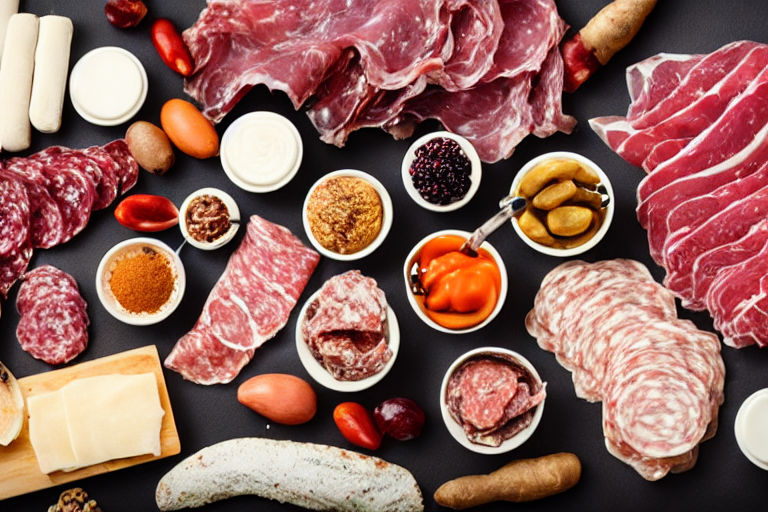
Eating Vegan On A Budget: Tips And Tricks To Save Money While Eating Healthy
Eating Vegan On A Budget: Tips And Tricks To Save Money While Eating Healthy Eating a vegan diet can be a great way to improve your health and protect...
2025-11-01 00:05:51
//7 min read

In 1988, Tim Burton unleashed Beetlejuice, a film that defied usual genre boundaries and delivered a wild ride of scares, satire, and spectacle. Its blend of haunted-house humor with a sly critique of suburban life helped redefine what a horror-comedy could be—and why audiences would fall in love with it for decades to come.
The movie pairs a mischievous afterlife with a loving, if overwhelmed, family that stumbles into supernatural chaos. The premise—two newly deceased souls trying to share their home with the living—serves as a clever setup for comedy born from contradictions: life-sized stakes, small-scale ghosts, and a villain who thrives on misrule. Michael Keaton's Betelgeuse is the engine: chaotic, funny, horrifying in equal measure. Burton's production design and practical effects created an immersive world that felt tactile and daring.
Beetlejuice is renowned for its practical effects and handcrafted visuals. The film leans on stop-motion sequences, ingenious makeup, and elaborate set pieces—the living room, the model town, the neverworld waiting room—that feel tactile and theatrical in the best sense. The sandworms, the corridor of hands, and the poltergeist hijinks use physical effects to deliver both fear and laughter without leaning on CGI overload. The look is unmistakably Tim Burton: high-contrast palettes, exaggerated proportions, and a playful, almost carnival-like atmosphere.
Beyond Betelgeuse, the film gives us Lydia Deetz—an observant, goth-tinged teen who helps anchor the story with curiosity rather than fear. Geena Davis and Alec Baldwin play the earthly couple who must navigate the afterlife rules with stubborn humanity. The supporting cast—Catherine O’Hara as Delia Deetz, Jeffrey Jones, and Winona Ryder’s memorable performance—adds texture, humor, and heart to even the stranger moments. The film’s lines, poses, and quirkiness became ubiquitous, finding life in parodies, Halloween costumes, and fashion decades later.
Beetlejuice left an indelible imprint on pop culture. It popularized a visually bold, humor-forward approach to ghost stories and inspired a generation of films and music videos to experiment with aesthetics and tone. The film’s marketing—poster art, taglines—became part of the late-80s cultural silhouette. It also reinforced the viability of hybrid genres, proving audiences would embrace horror, comedy, romance, and fantasy in a single, cohesive experience.
What keeps Beetlejuice relevant is its invitation to rewatch for new details: a clever wink in a line, a visual gag that reveals more on the second or third viewing, and a satirical take on mortality that remains surprisingly humane. The film doesn’t merely scare or amuse; it engages with themes of belonging, identity, and family in a way that resonates across generations. As a result, Beetlejuice continues to appear in retrospectives, Halloween celebrations, and scholarly discussions about genre, design, and performance.
In the end, Beetlejuice endures because it respects its audience's appetite for audacity. It asks you to lean into the strange, to enjoy a story where the afterlife is loud, funny, and stubbornly stylish. That energy is exactly what makes the cult status of Beetlejuice feel less like a trend and more like an ongoing conversation—one that audiences keep revisiting with equal parts nostalgia and discovery.
Posts you may like

Eating Vegan On A Budget: Tips And Tricks To Save Money While Eating Healthy Eating a vegan diet can be a great way to improve your health and protect...

Fostering Inclusivity: Alternatives to School Uniforms for Student Expression School uniforms have been a topic of debate for many years. While some s...

From Farm to Table: The Rise of Artisanal Charcuterie Producers The artisanal charcuterie industry has been steadily growing in...